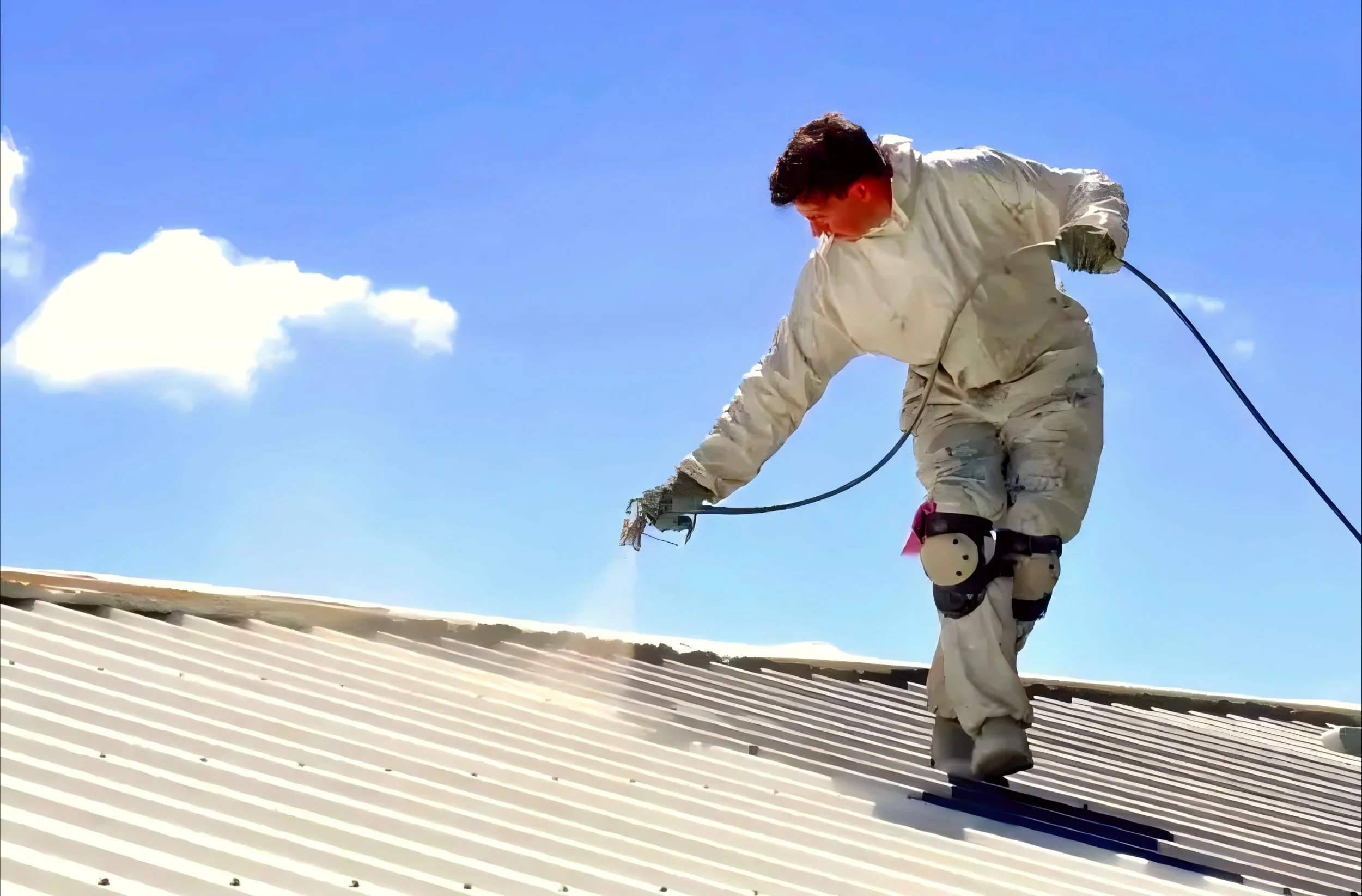
Product Advantages
Inhibits solar radiation heat, infrared radiation heat, and blocks heat conduction. Its thermal performance surpasses that of other insulation materials.
Suitable for applications where space and weight are restricted. (Approved) A 1mm thick layer of this reflective thermal insulation coating reflects approximately 90%-95% of all radiant heat, equivalent to 10mm thick polystyrene foam with an R-value of 20.
Offers excellent moisture and vapor barrier properties. It impedes vapor condensation, prevents surface oxidation of insulated objects (such as steel pipes, boilers, etc.), and crucially, maintains its insulation performance even when exposed to humid environments.
Product Introduction
Reflective thermal insulation coating is a novel cooling coating that integrates reflection, radiation, and hollow microsphere insulation. It is primarily composed of base materials, heat-reflective pigments, fillers, and additives, achieving thermal insulation by efficiently reflecting sunlight.
Nano Reflective Thermal Insulation Coating
Scope of Application
Suitable for various locations requiring thermal insulation, cooling, and energy savings, including building exterior walls, steel structure factory buildings, metal roofs, concrete roofs, chemical storage tanks, concrete grain silos, mobile base stations, livestock farms, shipping containers, and more.
Application Method
Remove the inner plastic film bag from the bucket and fold it outward over the rim.
Stir thoroughly until uniform.
Apply directly by roller, brush, or spray in two coats. It is recommended to apply each coat at intervals of approximately 4 hours. Airless spraying yields optimal results.
Coverage Rate
Applicable by spraying or brushing.
Theoretical coverage: Approximately 0.5 kg/m² for two coats to achieve a dry film thickness of 100 µm (microns).
Stir well after opening before spraying.
Substrate Requirements
Must be sound, free of cracks, powdering, sanding, hollowing, oil stains, peeling, or old coatings with poor adhesion.
Metal surfaces must be free of rust. If rust is present, apply one coat of rust-proof primer and allow it to cure completely before applying this coating.
